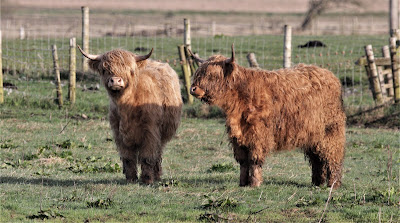Last week saw a combination of rain, northerly winds and cold temperatures that conspired to prevent early migrants moving our way. Internet bird news confirmed the paucity of birds - a flurry of Chiffchaffs, the occasional Wheatear, and a smattering only of pipits and wagtails. Excitement arrived in the form of a few high flying Ospreys headed for Scotland.
Tuesday's forecast looked likely to break the deadlock with southerly winds and temperatures forecast to be in the teens. If only. I arranged to meet with Andy at Oakenclough at 0630 but stopped briefly for the obligatory Barn Owl.
Barn Owl
The morning was 100% cloud with gradual clearance into a sunny but still chilly morning. Birds were few and far between and a miserly catch of just 6 birds, about as bad as it gets with neither rhyme nor reason to explain our disappointment.
Visible migration seemed nil apart from a handful of Meadow Pipits and a high-fly flock of either Redpolls or Siskins that numbered about 25.
Our catch comprised 2 Lesser Redpoll, 1 Robin, 1 Wren, 1 Dunnock and 1 Blue Tit.
By 1100 hours we'd called time on the morning.
Lesser Redpoll
Lesser Redpoll
Other birds seen - 2 Sparrowhawk, 2 Great-spotted Woodpecker, 2 Pied Wagtail, 1 Grey Wagtail, 1 Nuthatch, 1 Buzzard, 15 Oystercatcher, 4 Lapwing.
On the drive home back home via Rawcliffe Moss I stopped to watch a Kestrel and then spotted the pair of Highland Cattle, many miles from Scotland.
Kestrel
Back home we have a regular Grey Squirrel looking for food and nest building Collared Doves, Woodpigeons and Greenfinches.
Greenfinch
More news soon I hope. "Things can only get better" for Another Bird Blog.
On reading the latest news back home it appears that migration was much more obvious in coastal locations with Sand Martins, Wheatears, Siskins and Willow Warblers in evidence.





































.jpg)












